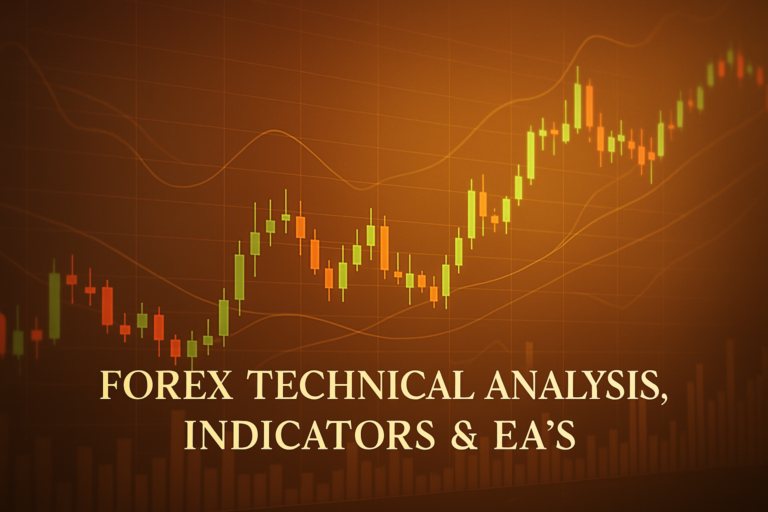
Data Feed Delay refers to the lag in receiving real-time market data, impacting trading decisions and outcomes.
In the world of Forex trading, the term “Data Feed Delay” is something that every trader, from beginners to professionals, encounters. It refers to the lag in receiving real-time market data. This delay can lead to missed opportunities and unexpected losses. Traders rely heavily on accurate and timely information to make decisions, so any delay can be critical.
Both new and experienced traders struggle with Data Feed Delay because it can cause confusion and frustration. Imagine trying to make a trade based on outdated information! Understanding why this issue occurs and how to solve it is essential for success in Forex trading.
Forex trading operates on a precise schedule, and timing is everything. For a more in-depth understanding, check out our guide on forex trading time.
Understanding the Problem
Data Feed Delay is a significant issue in Forex trading. It occurs when the data that traders rely on to make decisions is not updated in real-time. This delay can happen due to various reasons, including technical glitches, internet connection problems, or heavy market activity.
For instance, imagine a trader who wants to buy a currency pair. They see the price on their platform and decide to execute the trade. However, due to Data Feed Delay, the price has changed by the time their order goes through. They end up buying at a higher price than expected. Such situations can be costly and frustrating for traders.
Solutions for Data Feed Delay
Resolving Data Feed Delay can be essential for effective Forex trading. Here are steps you can take to mitigate this problem:
- Check Your Internet Connection: Ensure you have a stable and fast internet connection. A weak connection can lead to delays in data updates.
- Choose a Reliable Broker: Select a broker known for their fast execution speeds and reliable data feeds. Research their reviews and performance.
- Use a VPS: A Virtual Private Server (VPS) can improve your trading performance by providing a stable environment for your trading platform.
- Keep Software Updated: Regularly update your trading software and devices to ensure you have the latest features and fixes.
For advanced traders, remember that while you can mitigate Data Feed Delay, it may never be completely eliminated. Always have a backup plan when trading during high volatility periods.
Sometimes, traders face issues with Copied trades executing incorrectly or not at all. Understanding one issue can help you address others effectively.
Frequently Asked Questions
How do I detect this issue in real-time? You can monitor the speed of your trade execution and check for discrepancies between your platform and other sources. If you notice that the prices on your trading platform are not matching with major financial news websites, you may be experiencing Data Feed Delay.
Can brokers legally do this? Brokers must provide timely and accurate data. However, delays can occur due to various factors like high market volatility, and they are typically not held liable for data feed issues.
What tools can I use to prevent this? Utilize tools like economic calendars and real-time news feeds. These can help you stay informed about market conditions that may affect data feed reliability.
Is this problem more common in specific market conditions? Yes, Data Feed Delay is often more pronounced during major news releases or high-impact events, where market activity spikes.
What should I do if I experience a delay while trading? If you notice a delay, it’s best to pause your trading until the data stabilizes. Rushing trades during a delay can lead to unnecessary losses.
Conclusion
In summary, Data Feed Delay is a common issue in Forex trading that can significantly impact your trading performance. By understanding its causes and implementing effective solutions, you can manage and even avoid this problem.
Staying informed and proactive is key to improving your trading strategies. Don’t let Data Feed Delay hold you back; learn and adapt!
Recommended Next Steps
To combat Data Feed Delay effectively, consider these next steps:
- Evaluate your internet connection regularly.
- Research and choose a broker with a strong reputation for data accuracy.
- Utilize advanced tools like a VPS for improved performance.
- Stay updated on market news and events that can affect trading.
Data Feed Delay can be a frustrating challenge in Forex trading, but understanding it allows you to take control.
Want to build a solid foundation in forex? Here’s a recommended read MarketWatch, Zacks
Expand Your Knowledge
- 📌 Forex Trading Learning Road Map
- 📌 Forex Trading Course with no Fees
- 📌 Forex Trading Issues, Problems, and Solutions
- 📌 Forex Daily Forecast & Live Updates
- 📌 Forex Fundamental & News Analysis: Tomorrow’s Market Movers & Trade Opportunities
- 📌 Forex Education Hub: Learn & Profit
- 📌 Forex Technical Analysis, Indicators & EA’s
Start Trading Today
Ready to take your forex trading to the next level? Open an account with Exness, one of the most trusted platforms in the industry. 👉 Sign Up Now and trade with confidence!
My recommended broker stands out with ultra-low spreads for beginners, instant withdrawals, and zero spread accounts for pro traders.
Trusted since 2008, lightning-fast execution, no hidden fees, and a secure, transparent trading environment—giving you the edge you need to succeed. 🚀
Watch this helpful video to better understand Data Feed Delay:
Note: The video above is embedded from YouTube and is the property of its original creator. We do not own or take responsibility for the content or opinions expressed in the video.
The Denali Exchange Data Feed is a service offered by Sierra Chart that provides real-time and historical data for major futures market exchanges, including the CME, CBOT, NYMEX, COMEX, Eurex, and CFE. Users can access up to 1400 levels of market depth data per side, which includes bid and ask prices for all exchanges. The data feed is characterized by its low latency and high quality, allowing users to receive tick-by-tick data without limits on the number of symbols they can track simultaneously. Importantly, this data feed is independent of any particular broker or clearing firm, meaning users can subscribe and manage their data feed directly through their Sierra Chart account without broker involvement. However, for those looking for historical data only, Sierra Chart offers a separate historical data service.
To activate the Denali Exchange Data Feed, users must navigate to their account control panel and ensure they select a service package that includes the Denali feed. After selecting the appropriate package, users also need to complete market data agreements for the exchanges they wish to subscribe to. The subscription fees consist of a $10 monthly fee for the data feed plus additional exchange fees based on the specific exchanges selected. Users should be aware that these fees are charged monthly in full, regardless of when they are activated, and that the market data subscription from the CME group only works on one computer at a time. Therefore, if users wish to access the data feed from multiple computers simultaneously, they will need to pay the exchange fees for each system. This structured approach ensures that users receive the real-time data they need for effective trading.
In addition to managing your trading data, it’s essential to stay updated on market movements and alerts. One way to enhance your trading experience is by setting up notifications on your mobile. This feature allows traders to receive instant alerts on their smartphones, ensuring they never miss critical updates or trading opportunities. By utilizing mobile notifications, traders can make informed decisions on the go, enhancing their overall trading strategy and responsiveness to market changes.




